© 2024 Tales from Outside the Classroom ● All Rights Reserved
Why Your Students Struggle with Word Problems
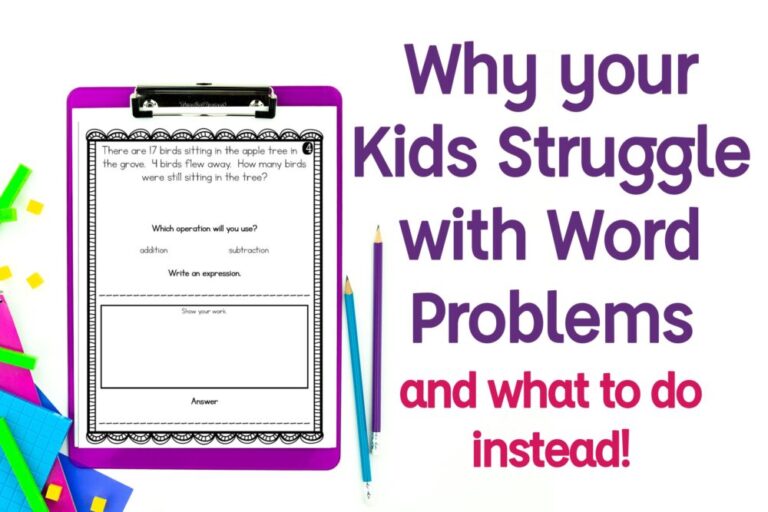
If you’ve been a teacher for any longer than a year, you know many of your kids struggle with word problems. And by many, it could be most of your kids. Or, it could be just a few but it happens every single year. You might have tried a variety of problem solving strategies with students. You might have found one you really like and think will be “it” but then still have a crew of kids that aren’t successful year in and year out. And I’m here to tell you, it’s not the strategy you’ve chosen that’s the problem. The #1 reason students struggle with word problems is that they don’t understand the mathematical operations and they can’t identify them in context. Here’s what to do. You may also want to read my 3 Reads Problem Solving Routine.
Stop Focusing on Keywords
Keywords are such a popular strategy. Especially for kids that struggle with word problems. One Google or Pinterest search will give you a TON of blog posts, articles, and for purchase products focused on word problem keywords. And in theory, it seems like a great strategy. As a first grade teacher, if I teach my students that the question “How many are there in all?” means they’re adding, then they are more successful on their assessments (if they can remember all of the keywords when it’s time to use them). Here’s an example:
There are 6 birds on the pine tree and 4 birds on the maple tree. How many birds are there in all?
But, I will tell you as a third grade teacher, you’ve made my job so much harder! I then have to teach my students that “How many in all?” does NOT, in fact, mean the problem is asking them to add. It might be. But it might also be asking them to multiply. Or, they might be doing several different operations in the word problem.
There are 6 birds on each of the 4 trees at the park. How many birds are there in all?
In this example, students are multiplying instead of adding.
There are 6 birds on each of the three pine trees and 4 birds on the maple tree. How many birds are there in all?
In this example, students are multiplying AND adding. In theory, they could just add, but they need to add 6 + 6 + 6 + 4, and not 6 + 3 + 4 as they might think if they’re only focused on the keywords.
By teaching word problems through the lens of keywords, we’re trying to have students memorize instead of understand. We want to give them something to use to help them get through all of the words (especially if they’re young and/or poor readers). It’s a common practice. But ultimately, using keywords can inhibit students’ word problem performance, especially as they enter the intermediate grades. It’s part of the reason kids struggle with word problems. It’s through understanding that students will be successful problem solvers- year after year after year. For more reading on why keywords are not an effective problem solving strategy, check out The Case Against Keywords, Making Sense and When Tricks Should Not Be for Kids
Understanding the Mathematical Operations
If we want students to be successful with word problems then we need to teach them to understand the operations. Understanding the four mathematical operations goes all the way back to part-whole relationships. Who knew students’ success in word problems in 4th grade went back to their math work in 1st? But, it’s true. Students have to understand the connections between parts and totals in the operations to understand how they’re presented in word problems. Here’s where I start:
Addition: Parts coming together; total unknown
Subtraction: Total is known; unknown part related to total
Multiplication: Total is unknown but equal groups are present; number of groups and number in each group are known
Division: Total is known and equal groups are present; unknown is either the number of groups or the number in each group
Each of the operations is more than part-whole so this minimizes a bit. All the types of word problems are detailed in the Common Core Standards for math. But even within the different word problem scenario types, you can connect to parts and totals even when it’s not ideal. You can read more specifically on the Addition & Subtraction Word Problem Types at my detailed post. Multiplication & Division is coming soon!
When I taught 1st and 2nd grades, we spent significant amounts of time talking about Part-Part-Whole and Start-Change-End problem types. The CCSS refers to Start-Change-End as Start-Change-Result but it has always been easier for my students to connect start and end. By spending all of our time talking about both of these problem types, students felt comfortable analyzing word problems to identify the given scenarios. You can click the images below to read more on each of those detailed blog posts. They give resources for addition and subtraction and reinforce both types of scenarios for addition and subtraction.
My introduction to multiplication and my introduction to division both focus on part, whole, and equal groups. Our hands on exploration sets the groundwork for the rest of our unit. My students always build a strong understanding of the operations right from the start thanks to our hands on work. Click the images below to read more on each of those detailed blog posts.
Identifying What’s Known & What’s Unknown in Word Problems
When students read through a word problem, they need to look for and identify the known and the unknown in the given scenario, part-whole relationships, and equal groupings (if they’re in 3rd grade or above). I detail this process in my 3 Reads Strategy for Problem Solving. The best strategies will only be successful when students are identifying what’s presented in the word problem and what they’re solving for. Our questions around the word problem should focus on understanding based on the context. Instead of “How do you know?” responses focusing on the keywords in the problem, they should focus on what the keywords tell us. “How many are there in all?” means the total is unknown. The slight shift from relating it to addition (or multiplication) to relating it to the total being unknown, helps students reinforce their understanding of the operation, to help them identify it in the future.
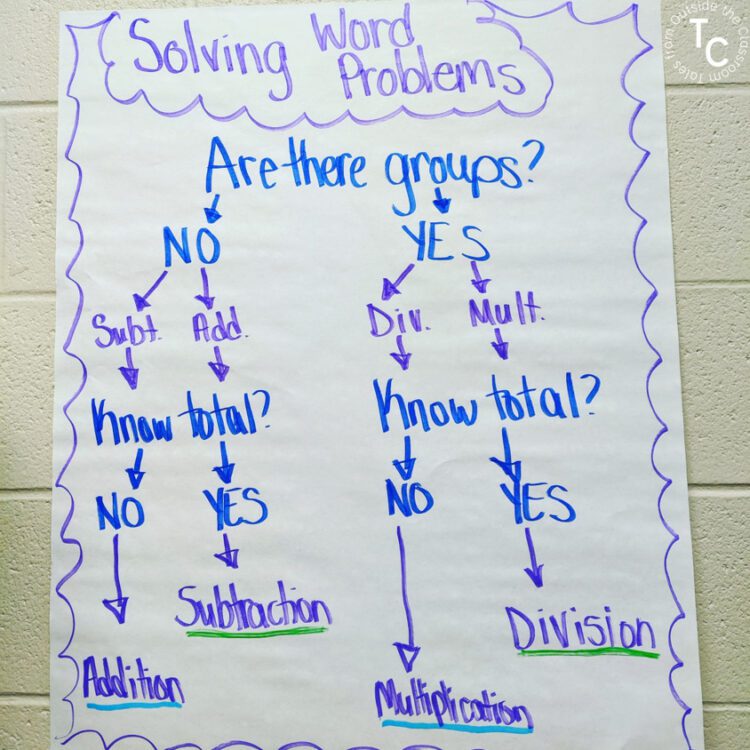
I create this anchor chart with my 3rd grade students each year after we’ve spent a bit of time in our multiplication and division unit (it’s the first one in our curriculum). We talk about what we know about each of the operations as we identify the operations in each section. Students do use this to refer back to, but since we continue to reinforce those components of each operation, the anchor chart doesn’t become a crutch.
Use an Explicit Problem Solving Strategy
Using an explicit problem solving strategy gives kids a roadmap for solving- and understanding! Many problem solving strategies continue to focus on keywords so the most popular ones never worked for me. When I looped with my kids from 1st-3rd, it was the same steps. The steps we follow aren’t dependent on grade level or problem type. They’re steps focused on making sense of the problem. We start by reading the problem through once to help us understand the context. Then, once we’ve read it through and thought about it, we go through it again to identify the information we need to know. I detail our 3 Reads Protocol in the post linked below.
I used to follow a slightly varied sequence and referred to it as being a “Problem Solving Ninja” with my kids. The steps are our plan to prepare for battle. My kids have always enjoyed that bit of fun with it so it’s stuck over the years. Click the image below to read more on my steps for being a Problem Solving Ninja!
Numberless Word Problems
A strategy that can help students make sense of word problems is numberless word problems. Sometimes, students see the numbers and make judgements about the operations based on what what they see. Sometimes, the numbers themselves can overwhelm students. By practicing with numberless word problems, the focus is on the context that’s presented and developing an understanding based on the context. Numberless word problems are also a great tool for using variables and writing expressions or equations.
Don’t feel like you need to find or specifically use numberless word problems. Just use the existing problems you have and cover up the numbers. Or rewrite them without. You can also write numberless word problems that present mathematical concepts but without numbers. For example, give one number, but saying more or fewer for the second. Then, ask students what potential answers might be. The conversation around the possibilities helps push students thinking on the operations. This is a great post on Numberless Word Problems and how they can be used.
Supplement Your Curriculum
Hear me out. Your curriculum is likely written to the rigor of the standards. Your math curriculum has research to support it and coincides with your instruction and strategies. I’m not saying your curriculum is bad. I’m saying your curriculum isn’t perfect.
Far too often problem solving in math curriculums is unit based. As a primary grades teacher, do your students only work on addition during that unit? Then subtraction during that unit? Or as an intermediate teacher, do addition and subtraction word problems only exist during that unit so it takes months to circle back to them? Students that struggle with word problems often just choose the operation of the week to solve. They don’t try to make sense of it. They are doing the math that is current. Or, do word problems only exist at the end of the skill of the week? So practice is much less frequent? Or, if your curriculum is spiral based, it likely works on the computational skills in an ongoing way without always approaching complex tasks.
Spiraling word problems gives students practice and exposure with an array of problem types. When students are working on different skills from one day to the next, they truly rely on the context and their problem solving skills instead of just doing the operation of the week. One of the best routines I’ve ever implemented in my classroom has been our Problem of the Day. Every day we do a word problem. You can read more about why a Word Problem of the Day is a Must in that post.
Typically, it’s the beginning of our math block. We spend 10-15 minutes on the problem most days. Students complete the word problem independently. Then we discuss and compare strategies. We talk about the context in the problem and what the students used to help them find their answers. We spend time talking about mistakes. By finding patterns in students’ work, I am better able to clear up misconceptions. These are rigorous and I do not grade them. I want the kids to feel comfortable trying strategies and making mistakes. Our focus is on understanding the word problem and what is asks us to do, and the strategies we use to solve them.
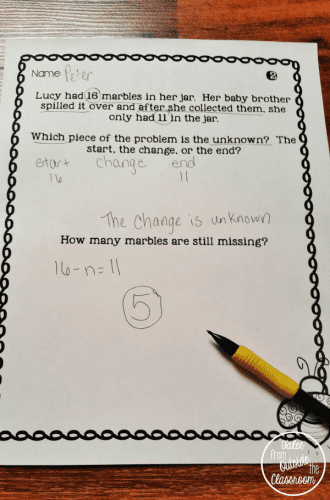
I use my Word Problem of the Day units nearly every single day of the year. I’ve used them in every single grade I’ve taught. I have year-long bundles of story problems for 1st, 2nd, and 3rd grades. I have nearly the entire year completed for 4th grade. Completing a story problem every day has been a huge component to my students’ math success. You can take a closer look at each of the grade level word problem bundles by clicking the images below.
Or, try out the free Back to School set of word problems for each grade level. Each of these word problem sets gives students practice with a variety of scenarios reinforcing the previous year’s standards. I start our daily word problem routine after the first few days of school.
1st Grade Word Problems of the Day: Back to School
2nd Grade Word Problems of the Day: Back to School
3rd Grade Word Problems of the Day: Back to School
4th Grade Word Problems of the Day: Back to School
Writing Word Problems
One of the strategies that has helped my students the most with word problems is writing them themselves. Students that struggle with word problems struggle to identify knowns and unknowns and the operation components. By writing them together and talking about the word problems need to be complete, helps students better understand the components to apply while solving later. I’ve used students’ word problems to practice solving with. We’ve done them together as class, or students have done them independently and with partners. The first few times it will take some work to support students through writing them. After practice, students will become quicker and better at writing word problems, and they’ll continue to strengthen their skills in solving them.
You don’t have to accept that students will always struggle with word problems. It takes time and there’s no quick fix. But, your students CAN and WILL feel success with word problems!
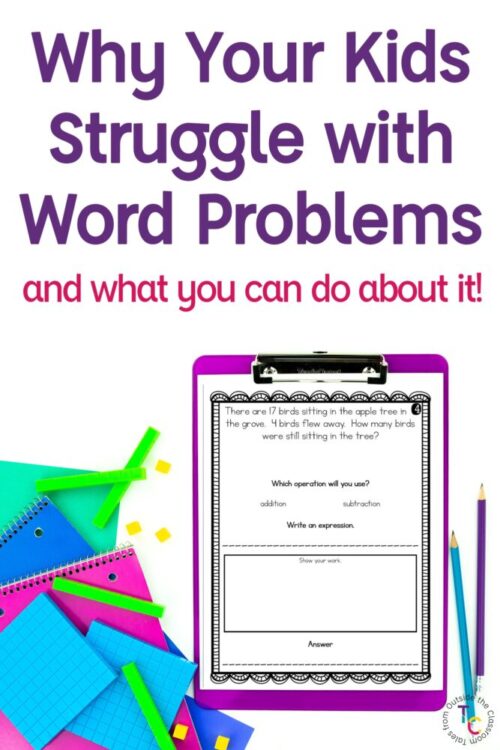
Newsletter Sign Up
Signup for my weekly-ish newsletter. I send out exclusive freebies, tips and strategies for your classroom, and more!
Please Read!
You have successfully joined our subscriber list. Please look in your e-mail and spam folder for Tales from Outside the Classroom. Often, the confirmation email gets overlooked and you're night signed up until you confirm!

Hi! I’m Tessa!
I’ve spent the last 15 years teaching in 1st, 2nd, and 3rd grades, and working beside elementary classrooms as an instructional coach and resource support. I’m passionate about math, literacy, and finding ways to make teachers’ days easier. I share from my experiences both in and out of the elementary classroom. Read more About Me.









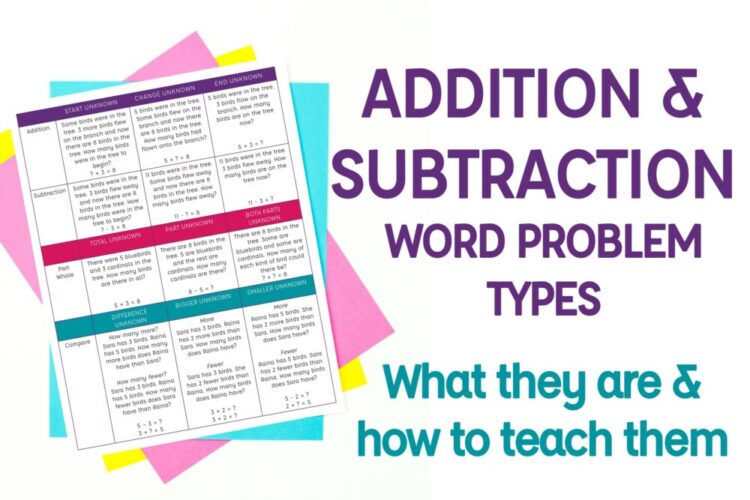
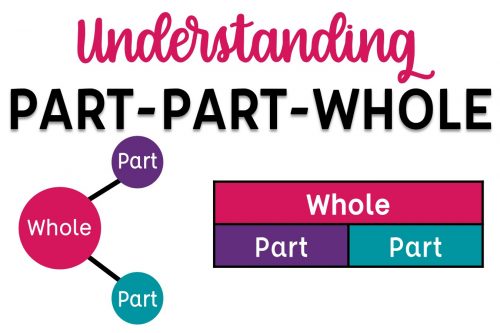

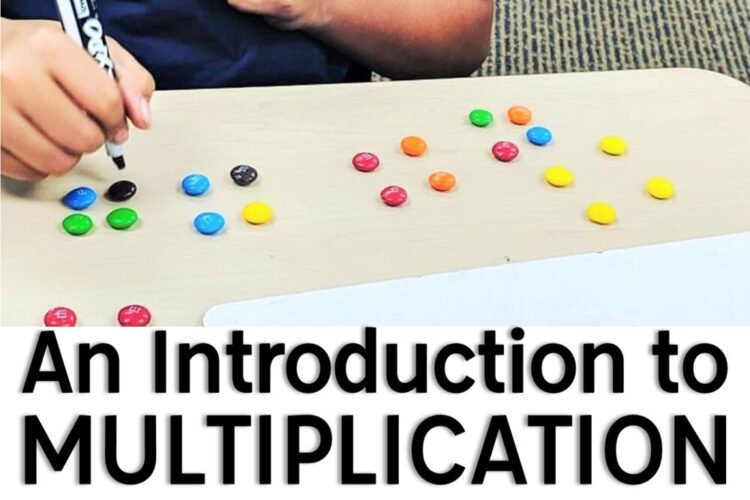
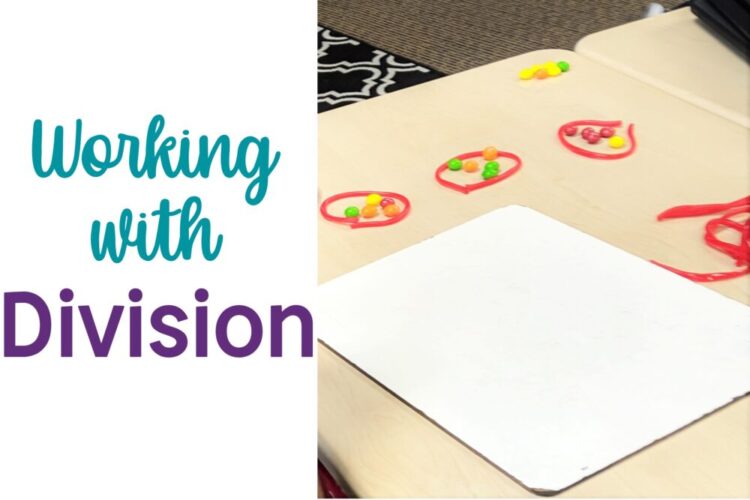
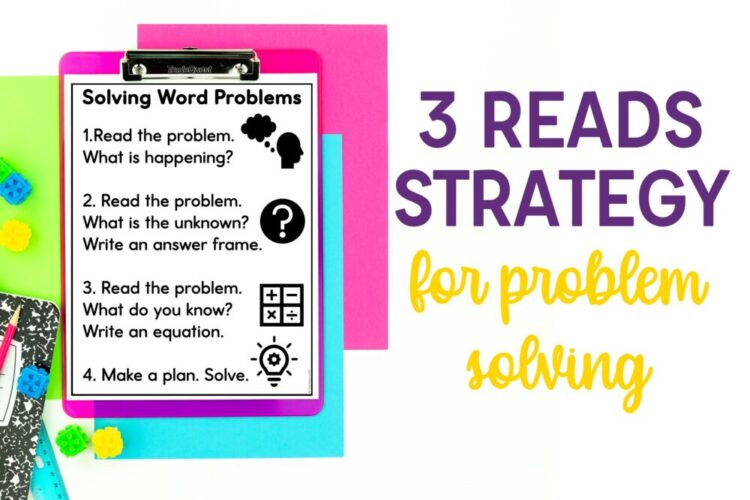
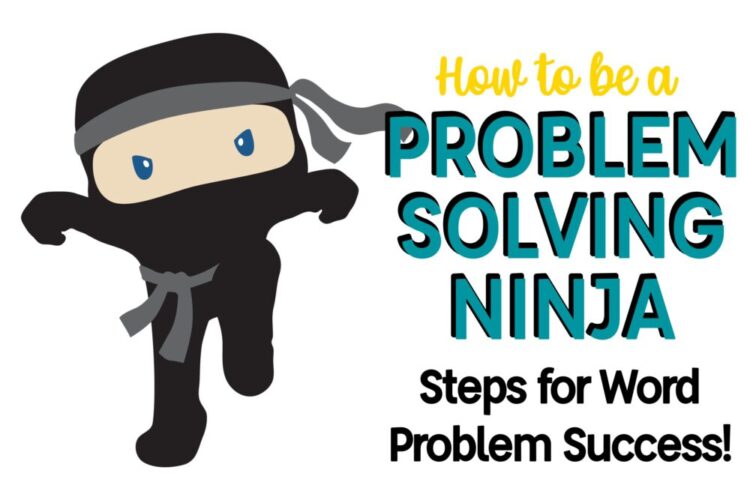
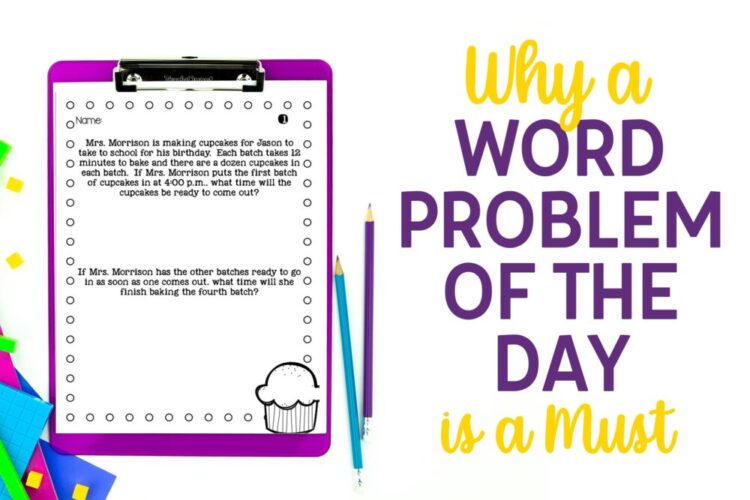
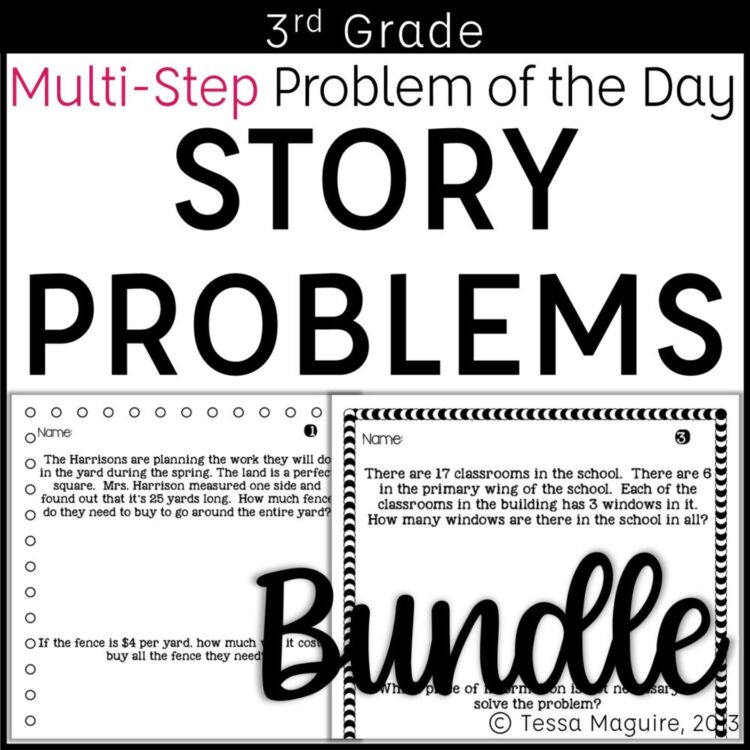
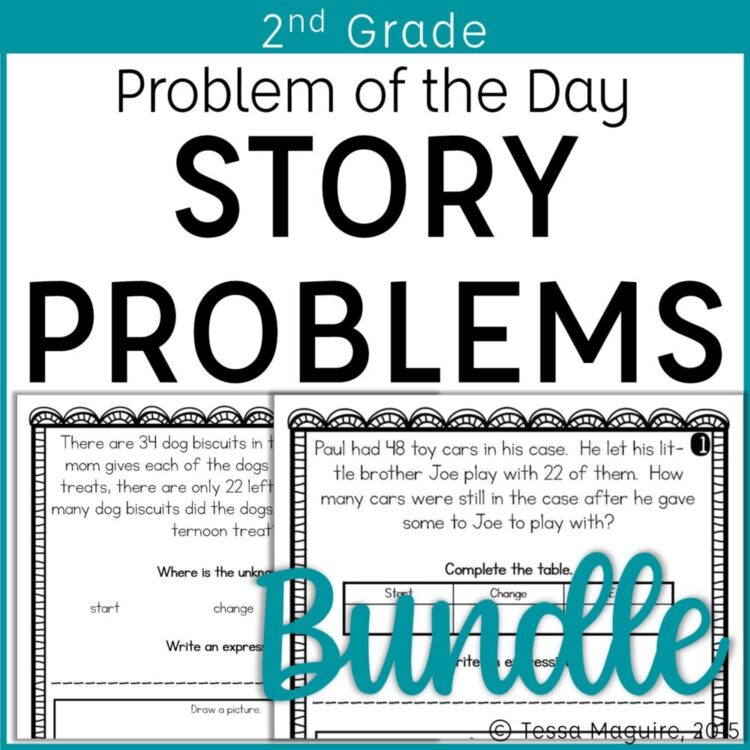
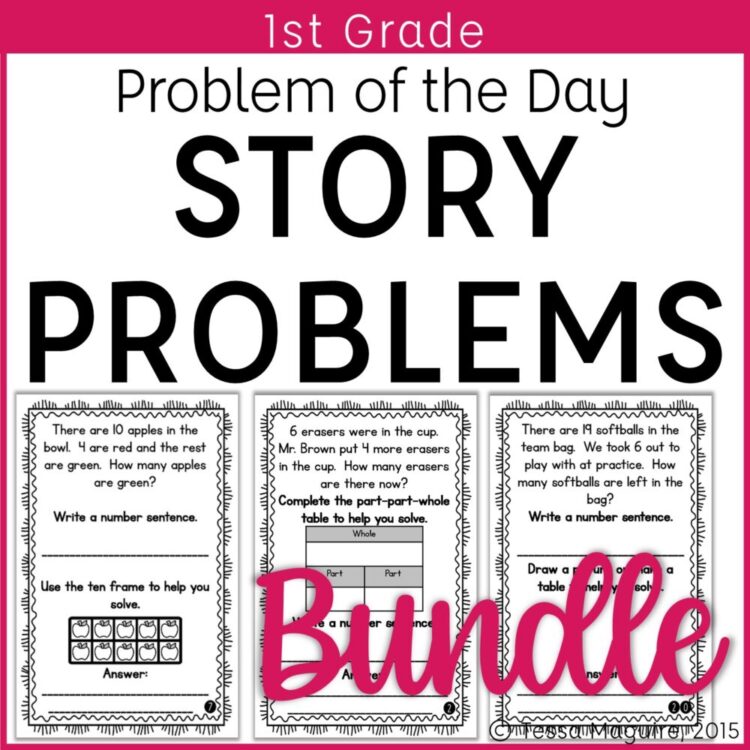
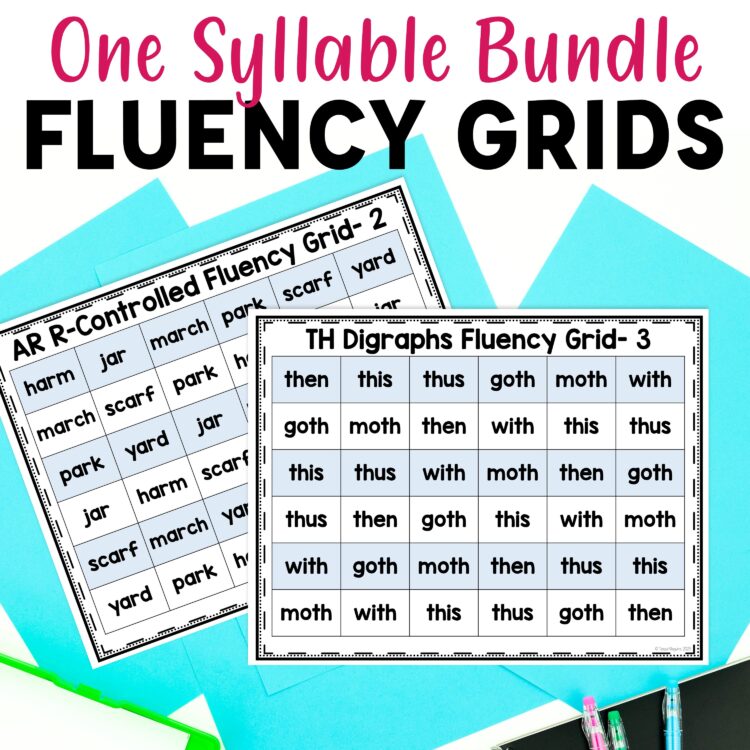
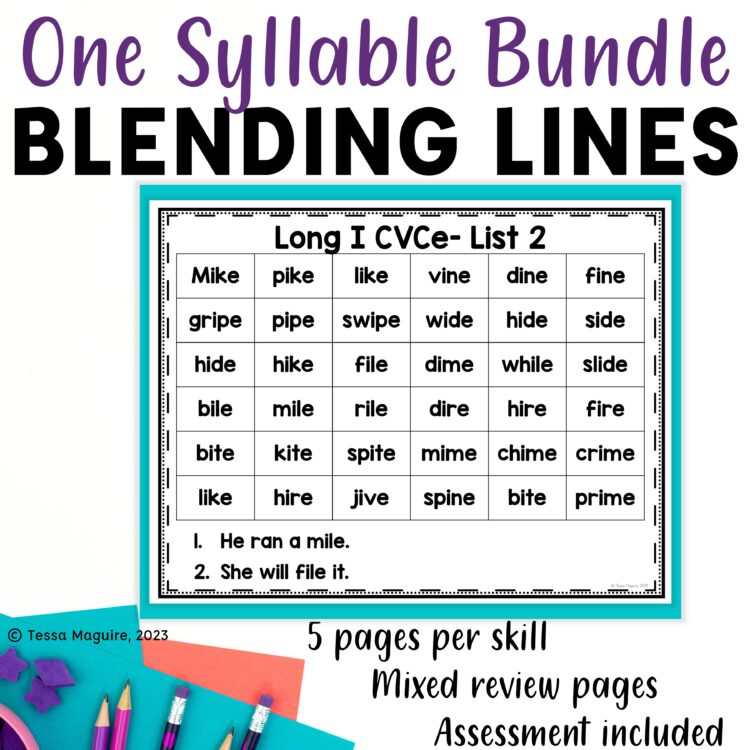
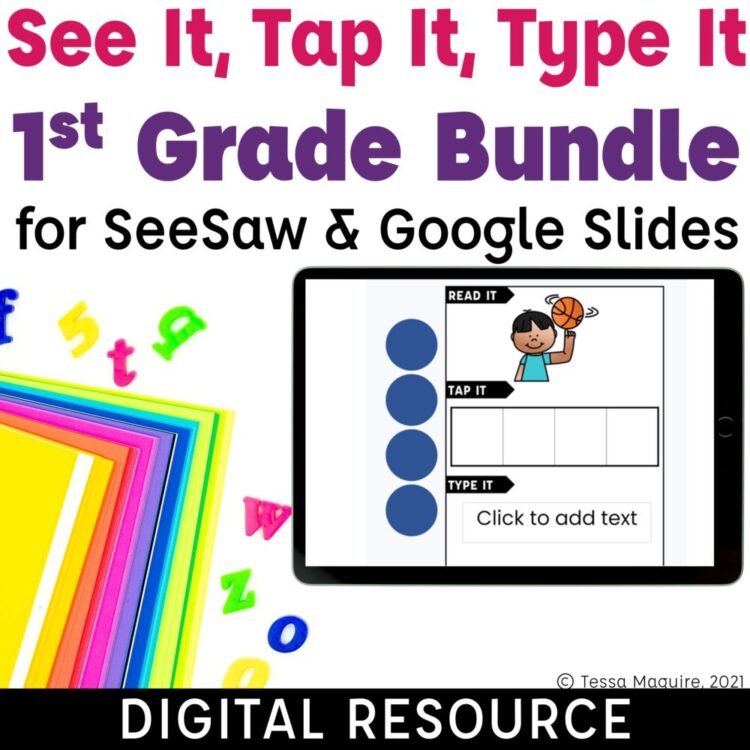



One Comment
This is very nice!
I actually have a 5 year old daughter who is currently enrolled in the online learning of an international school in the Philippines ( http://www.georgia.edu.ph) and I am preparing activities weekly so that we can practice counting, reading and writing since she is already in the kindergarten level. Your tips about how to solve word problems is really helpful and we’ll definitely try this during my review time with my daughter. Please share more activities like this. More power to your blog!